Text
I made this to be a YouTube Short, but I have a feeling it will be appreciated here too.
In case you wanted to see how my animated versions of the anime scenes in the Zelda manual compare to the originals. (Also this doesn’t have the VHS filter applied to it so the animation is a bit clearer.)
If you wanna see the VHS styled 80’s commercial version you can see it here.
100 notes
·
View notes
Text

Pixel art Twinkies!
Sometimes you just sit down and know what you want to draw.
0 notes
Text
I always liked the anime illustrations in the original NES Zelda manual, and it saddened me to find out these weren’t actually part of a real animated promotion for the game. So I decided to take those illustrations and re-create them as if they were!
Enjoy this long-lost VHS promotion for the Legend of Zelda on the Nintendo Entertainment System!
Voice narration by Streamy McDreamy
Animated in Procreate and Procreate Dreams.
View this video on YouTube here.
6K notes
·
View notes
Text

It just popped in there! My pixel art Stay Puft pin is now up in my Etsy shop!
7 notes
·
View notes
Text
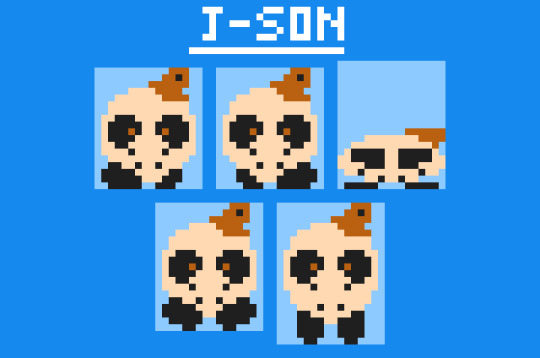
Ki Ki Ki Ma Ma Ma... Happy Friday the 13th! for this I've got Marios direct Jason enemy yeah this is just Jason its even NAMED Jason
Super Mario Land 2 enemies are weird man...
16 notes
·
View notes
Text


I added this most excellent sticker to my Etsy shop the other day. It is important to remind people to Be Excellent to Each Other.
9 notes
·
View notes
Text

So I 3D printed a design that I thought would make for a fun pin to put on a backpack or laptop case....but so far no one I've shown it to has recognized this logo instantly...feeling old today.
3 notes
·
View notes
Text

I printed the wrong colors on this TMNT NES Mikey, but I think it turned out pretty cool looking! Maybe that's a testament to how good Konami's sprites were on NES, you change the palette and it still looks good!
0 notes
Text

Lord Crump!... nothing lordly about him whys he called that? whats even a crump actually? do they mean crumpet gasp hes British

heres his walk basically the same as the X-Naut walk I did but... Crump!
72 notes
·
View notes
Text


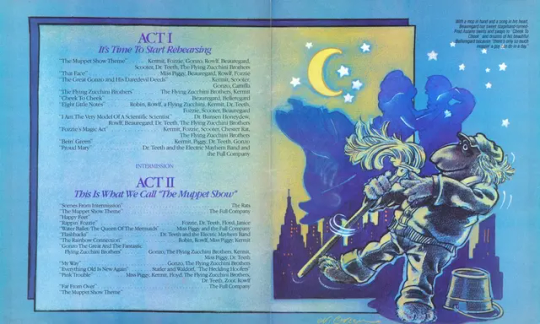
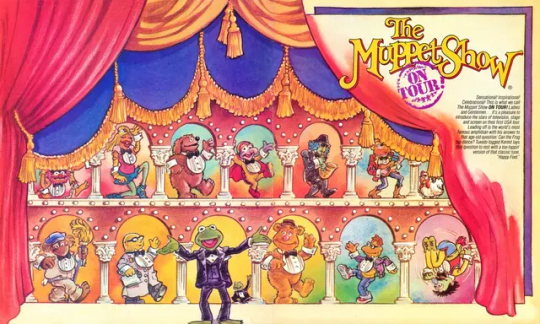


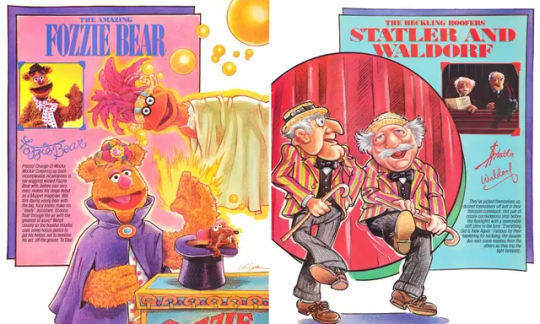
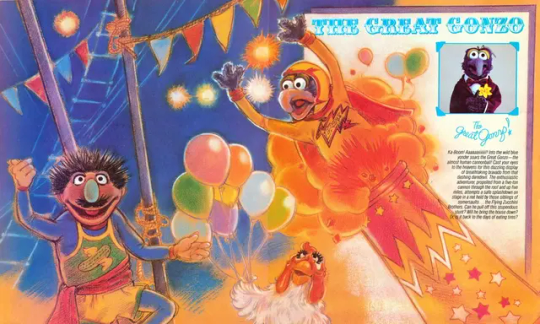
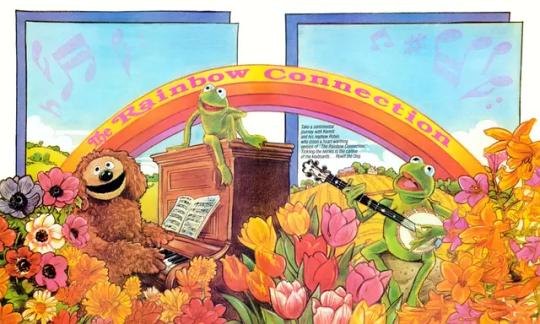

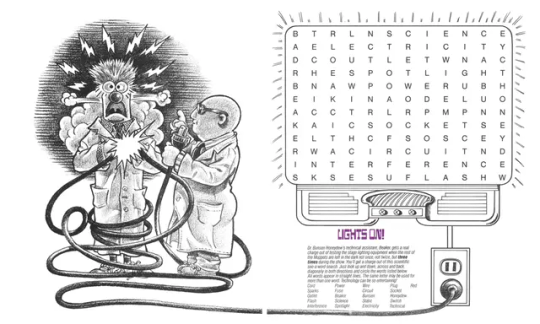
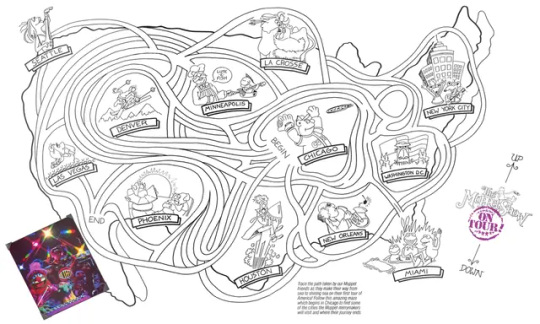

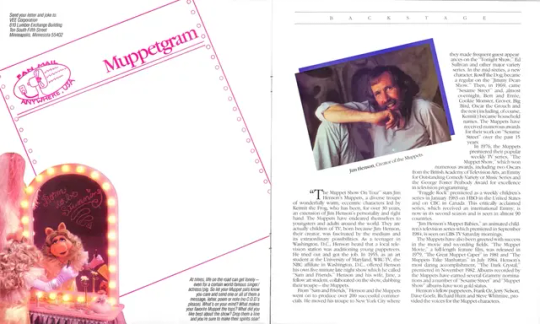



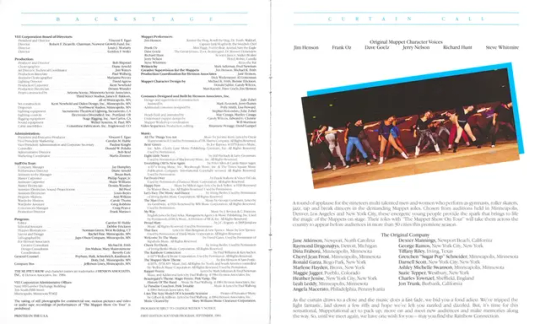
The souvenir program from the live stage show The Muppet Show: On Tour! (1984), with illustrations by Norman Green.
10 notes
·
View notes
Text









I cannot overstate how much of a revelation Super Mario 64 was back in the day. C&VG felt the same. From issue 178, September 1996.
The only game I've played that gave me the same "nothing will ever be the same again" feeling was Half-Life: Alyx (and then VR never took off so... things stayed much the same)
45 notes
·
View notes
Text

Anyone else a fan of the food buddies puppets from McDonald Land? These are specifically the 1980s versions.
10 notes
·
View notes
Text
New pixel art retro game pin coming soon to my Etsy shop! Show your feelings, either good or bad, for the Atari 2600 E.T. game by wearing his weird green sprite on your jacket or bag.
1 note
·
View note
Text




Two new sticker designs are up in my Etsy shop! Now you can put 8-bit Gritty on everything!
https://minusworldprints.etsy.com
4 notes
·
View notes
Text

Well I got the batteries replaced on my Pocket Pikachu, so it's take your pet to work day today!
1 note
·
View note

